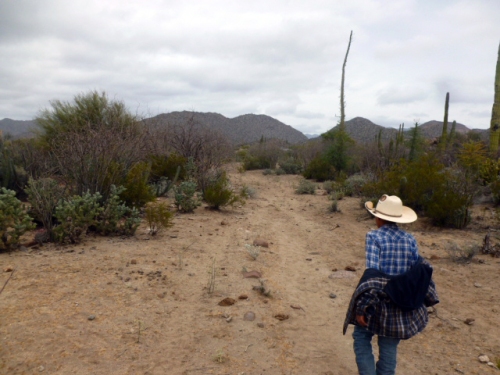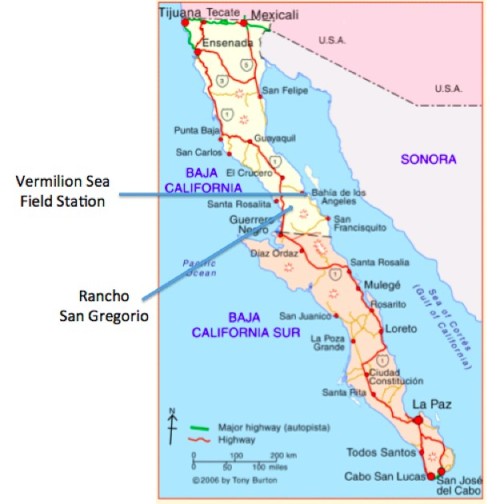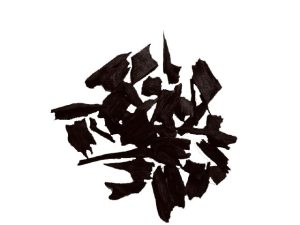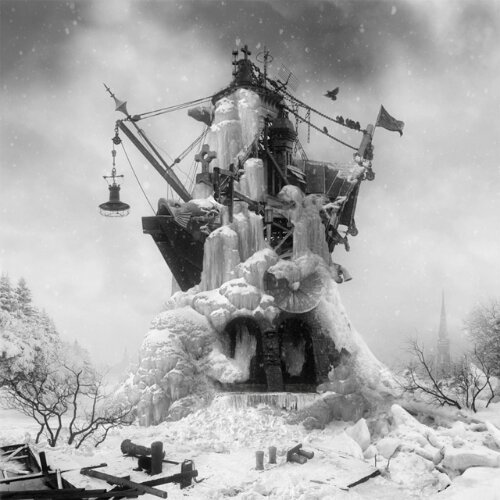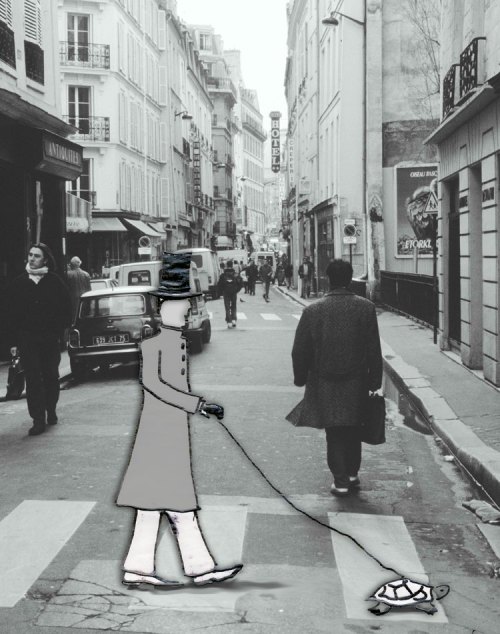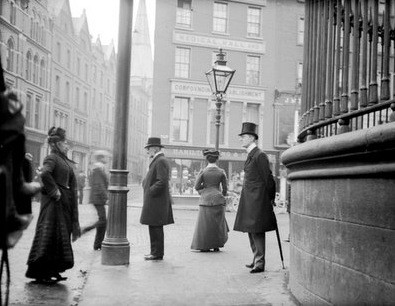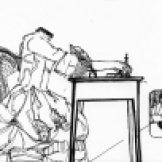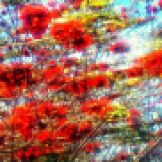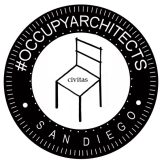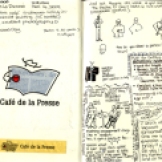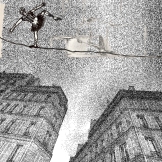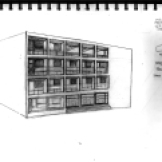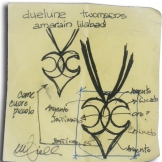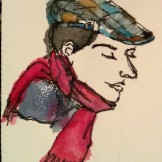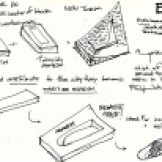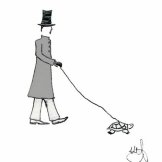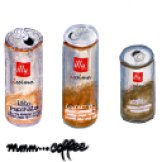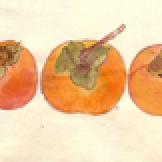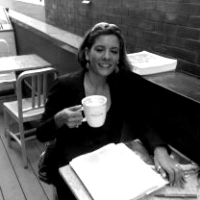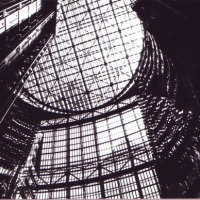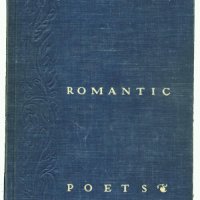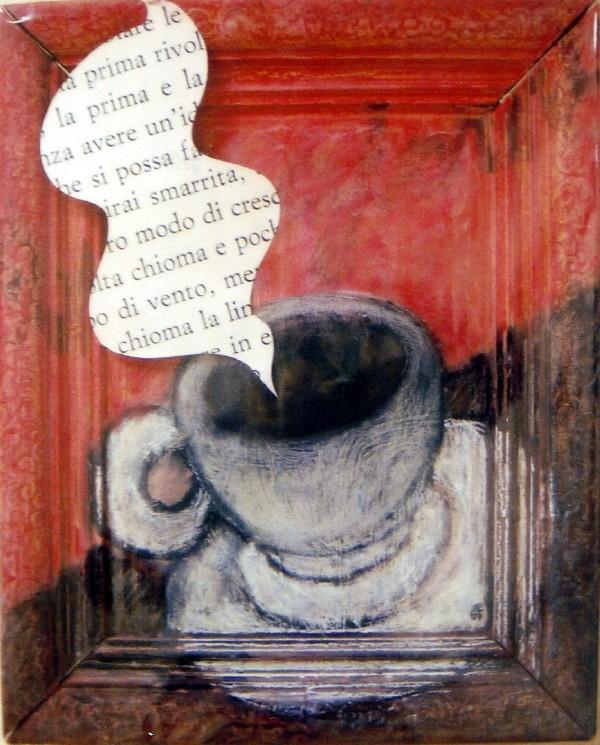


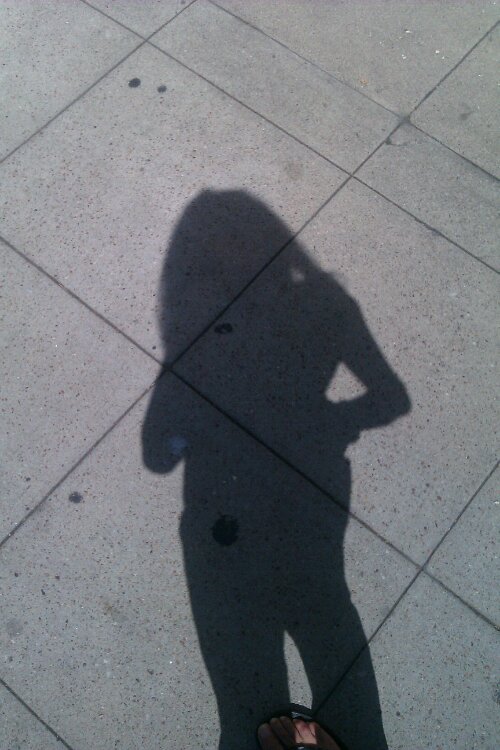
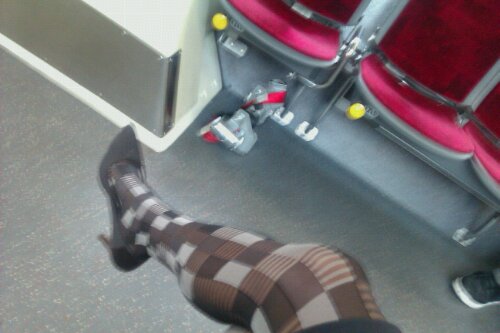
The measure of a good book is its ability to haunt us. I have been delinquent; the past few days’ in-between moments, usually dedicated to art and this blog, stolen away by a classic charmer of a book, Jane Eyre.
Yet I have been thinking, almost pining, for another book –and the time and the place of its reading. This particular story begun for me on a train to Nice, on my way to Provence, during a fall where everything changed.
A book, unlike anything read online, is forever tied to its place of discovery and unfolding. This alone speaks to the mindfulness of reading books.
The images, feelings before words, that keep coming back to me like a calling are from an exquisite, excruciating novel by Marguerite Dumas (of ‘The Lover’ fame- if you have not read the book or watched the movie, you are in for a ride) called, simply, Blue Eyes, Black Hair. In Italian though, it does sound better, more poetic, and less like a description of a convicted felon: Occhi blu, Capelli Neri.
The story, and premise of the book are meant to be forgotten, but not the feeling, the soul state (stato d’anima). The book is filled by silent presences and vocal absences; the words, the dialogues take place in the mind of the two main characters, but alas, they are never uttered.
Occhi Blu, Capelli Neri is about longing, isolation, deprivation and a love/passion/dependence that is meant to be measured out and sipped slowly (the italian word I am thinking of is centellinare); each moment, each degree of ‘closeness’, each kindness, must be begged for. The object of this liason is the breaking down of any vestige of pride till all is left is naked, raw need.
At least this is my interpretation of the book: while I do not remember all the particulars, I see ‘shots’ of the book as if, in reading it, I was already seeing the movie. If this ever became a film, it would be one of those French movies where the waiting replaces the action, where the climax is anticlimatic but intense. It would be a difficult, anxious, art house movie that would no doubt not work for the majority of the moviegoing audience in this country (hard to eat popcorn to this, Eddie Izzard docet). But it would be a poignant, bittersweet movie that would leave a beautiful lingering sadness. Well, beautiful if you happen to believe that there is something arresting about sadness.
I read this review of the book, and have translated some sentences from the original Italian. I found the words used to describe the book intoxicating. Is it possible to get drunk on prose?
I enjoyed the nod to Dumas’ architectural awareness, I enjoyed finding in this essay a communion of feeling for the book, which became for me a shared human experience. It is surprisingly comforting to discover that I am not alone in the feelings elicited by this strange novel, and that there are people walking about, being haunted by the same imagery, poetry, longing.
I owe this post to St Loup, a literary inspiration. Thank you, flâneur . And to these word I accompany some grayscale objects from my life, some recent watercolors (wanting chiaroscuro).
Here are some excerpts from the excellent review of Occhi Blu, Capelli Neri {Blue Eyes, Black Hair} by millenovecentosettantatre on ciao.it.
..Libro d’arte. Espressione vera di capacità e sensibilità, oscillanti tra le tre stoffe di prima. Una pièce, più che un romanzo
Arthouse book. True expression of ability and sensitivity, fluctuating between the swaths of fabric aforementioned. A pièce , rather than a novel.
Una concentrazione di parole fluide e belle, strutturate con la parola del narratore ad interferire e le intenzioni espresse a chiarire, spiegare, provocare.
A concentration of words, beautiful and fluid, structured with the narrator’s voice to interfere, and expressed intentions to clarify, explain, provoke.
Finta sceneggiatura di qualcosa, tra teatro e recitazione astratta e pensata con personaggi predefiniti, semplici nelle iconografie, fortissimi, tremendi, assurdamente complessi nelle logiche individuali.
Fake scenography of a something, between theatre or abstract acting with predefined characters in mind, simple in their iconographies, powerful, tremendous, absurdly complex in their individual logic.
L’amore è il Nuovo Romanzo francese, di cui l’autrice è figlia legittima. Quella struttura che in Alain Robbe-Grillet vede il fautore della nuova comunicazione scritta, che passa negli oggetti, nelle fantasie degli oggetti, nelle descrizioni paranoiche e reiterate, nell’immobilità e arriva al marchio finale, provato anche dal lettore alla chiusura del libro.
Love is the New French Novel, and the author is its legitimate daughter. That structure which, in Alain Robbe-Grillet witnesses the proponent of the new written communication, which traverses objects, fantasies of objects, paranoid, reiterated descriptions, stillness, and reaches the final stage, the selfsame felt by the reader at the closing of the book.
E’ l’amore mio per esso e per quel senso di configurazione deciso che prescinde dalla trama del racconto per lasciare un’orma, un’impronta, come se il libro fosse un album di foto personali, che non si riapre più ma che impolvera nel diritto di essere stato e avere dato.
It is the love I have for [this book] and for that impression of deliberate configuration which transcends the plot of the novel and leaves a footprint, a fingerprint, as if the book was an album of personal photos, which is meant to be open no more, yet gets covered in dust with the right of having been, and having given.
Località di mare. Non è nuova l’Autrice a parlarne. Spazia dall’Indocina alla cittadina francese dal mare freddo e bianco, tra architetture nate apposta per essere fuori stagione e spiagge testimoni di passeggiate silenti.
Seaside resort. Nothing new to the author. She ranges from Indochine to the French town endowed by a white,cold sea, to architectures born to be out-of-season, and beaches witness of silent walks.
Pareti, finestre, pensieri, silenzi, pensieri mentre l’altro o l’altra dorme. Nuovo romanzo puro. Silenzi. Dovrebbe essere pieno di pagine bianche, un libro come questo. Ne rimango sempre tramortito. Sempre.
Walls, windows, thoughts,silences, thoughts while the other (woman or man) sleeps. A New pure Novel. Silences. A book like this should be full of blank pages. I always end up stunned. Always.
Le pagine scorrono mentre montano le storie. Il distacco iniziale si fonde in una miscela densa che prende corpo e dona il sapore della trama, senza in realtà che ci sia mai stata.
The pages run as the stories mount. The initial detachment coalesce into a thick mixture which takes form and lends the flavour of a plot, without a plot actually ever having been there.
Grande la Duras, in questo. Il romanzo corre via e sembra accompagnato da una musica di piano, leggero, struggente, assolutamente non enfatico o retorico. Neanche Chopin, forse Mahler per quel che ne so io.
Duras is great in this work. The novel spirits away and seems to be accompanied by the notes of a piano, light, poignant, absolutely not emphatic or rethorical. Not even Chopin; for all I know it could be Mahler.
Sembra accompagnato da balli senza senso, modello maliarda, tra effluvi e movimenti di veli di seta, come nella descrizione della ragazza, spesso si legge. Un tourbillon di dorsi di mano e lacrime e sonni precari, tra “ieri ero lì” e “ieri era lì…” e così via con ogni coniugazione e meditazione possibile. Senza dolcezza sprecata, assolutamente.
[The novel] seems accompanied by senseless dances, as if by sorceress, betwixt efflusion and movements of silk veils, as we often read in the descriptions made by the girl. A tourbillon of backs of hands and tears and precarious sleeps, between “yesterday I was there” and “yesterday [he/she was there] and so on with every variant of conjugation and meditation possible. No wasted sweetness, whatsoever.
Un giorno di nubi diventato libro, con la stagione presumibilmente in decadenza e la noia che abbraccia e bacia le ore, una per una, come fossero tutte figlie sue, conosciute per quel che possono dare e odiate per quel che danno.
A cloudy day which becomes book, with the high season presumably decaying and boredom embracing and kissing the hours, each by each, as if they were all her own daughters, known by what they can give and hated for what they do give.
Il romanzo è complesso, intollerante di distrazioni o scivolate inerti. È un libro per persone sveglie e zitte, leste di emozioni nel torpore di un dolore qualunque.
The novel is complex, intolerant of distractions or inert slides. It is a book for those alert and quiet, quick of emotions in the torpor of any given sorrow.
È un cortometraggio breve di vita e di proibito di essa, girato e concepito dentro i privilegi tipici delle realtà durasiane, senza ipocrisie.
It is a short-lived, forbidding short, filmed and conceived within typical privileges of Durasian realities, without hypocrisies.
Un attacco ai piani alti dell’esistenza, condensati nelle bramosità e nelle ovvietà più inconfessabili. Condito ad arte dentro le attenzioni meravigliosamente femminili che l’Autrice dispone con senso teatrale, quasi da architetto d’interni oserei dire, che dispongono negli occhi blu a pelle chiara e capelli scuri, il fenotipo perfetto per la rappresentazione così disagiata di sentimenti forti e originalità estreme.
[It is] an attack to the lofty spheres of existence, condensed in the most inconfessable longing and obviousness. Artfully seasoned with wonderfully feminine attentions arranged by the author with theatrical sensibility, almost as an architect of interiors I dare say, which display in the blue eyes with fair skin and dark hair, the perfect phenotype for a most uneasy portrayal of strong feelings and extreme originality.
La passione, unico motore in un contesto straordinario dipinto d’arte, come è il libro, frutto di enorme talento. Se ne prova distacco e attrazione insieme. Antipatia per il fulgore di quei caratteri somatici così caldi e freddi insieme, tanto da far innamorare o incazzare senza vie di compromesso. Il titolo ne enfatizza l’antitetica possibilità contenuta.
Passion, sole engine within an expertly painted, extraordinary context is, as the book, fruit of enourmous talent. One feels detachment and attraction at the same time. Antipathy for the blinding light of those somatic traits together so hot and cold, such as could make one fall in love or in a fit of rage without any way of compromising.
The title [of the book] underscores the antiethical possibility contained therein.
Niente di scomodo. Niente di decisamente scostante. Le pieghe scomode sono nell’essenza stessa semmai. Nella cerchia ristretta degli identificanti possibili: personaggi a parte, il mondo durasiano è fastidiosamente elitario a volte. Di quell’élite da sturbo, ideologica e strutturata nei salotti, di cui mi lamento ovunque. Una selva di cose belle per persone belle che ad una lettura profonda si immaginano poi neanche così belle. Alla francese più che altro.
Nothing uncomfortable here. Nothing decidedly unsettled. The uncomfortable folds are, if anything, the very essence of the story. Within the narrow circle of the possible identifiers: aside from the characters, the Durasian world is bothersome in its elitarianism at times. That self-numbing elite, ideological and designed around parlours, which I complain about everywhere. A moltitude of beautiful things for beautiful people who, upon further analysis, we imagine, are not even that beautiful. In French fashion, more than anything.
Il libro avanza, si srotola e finisce. Passando per la Duras, va letto assolutamente. Non passandoci, si può anche regalare e basta.
Un libro da donna non più giovane ma lontana comunque da tutte le donne possibili.
The book advances, unravels, then comes to an end. A must read, if your literary wanderings traverse Duras. In case they don’t, this book can be given as a gift. A book suited for a woman no longer young, yet invariably far from all possible women.’
…
The intricacies of the human heart, the complex workings of our minds are the true subject of Occhi Blu, Capelli Neri.
Catharsis: intense hatred must invariably stem from intense love; they are but two sides of the selfsame coin. I am humbled.
‘Never worry
About things
That you are unable
To change
Change your own way
Of looking at truth.’
Sri Chinmoy
Read Full Post »



